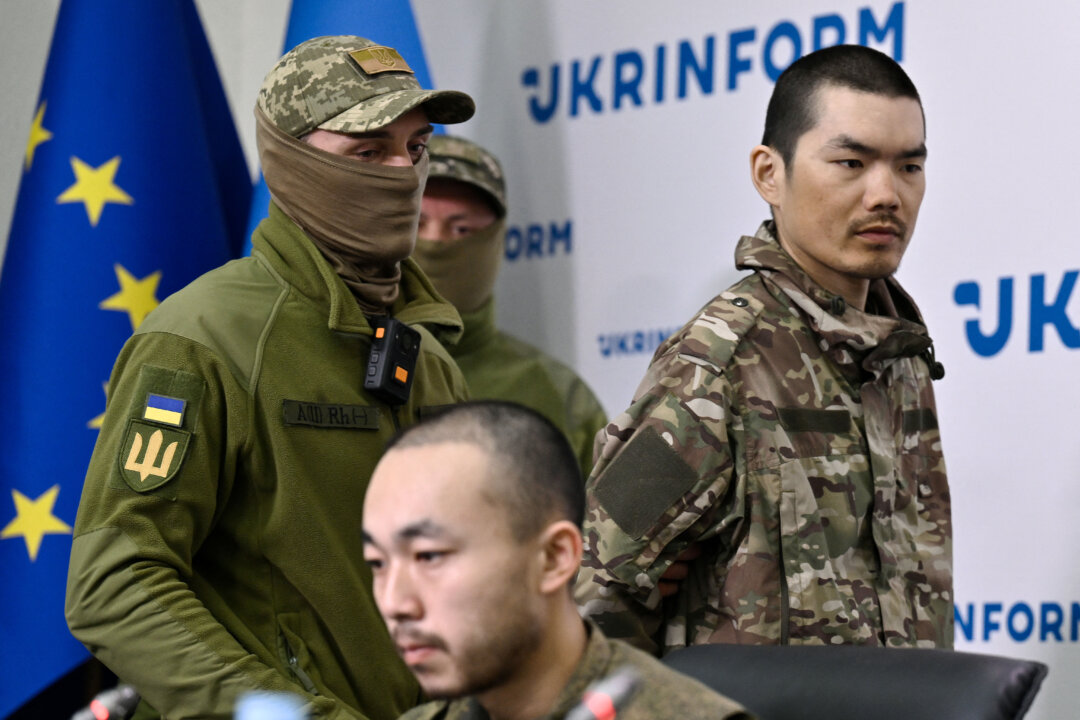As I write, the Armenian Flag is flying at Fitchburg City Hall. Last week, friends and family gathered to honor our Armenian ancestors and salute our nation of origin. And on the previous weekend, our group of diasporic Armenians and friends hosted the fourth annual “Armenian Genocide Remembrance Day” at Leominster Library.
The Genocide was the main topic of conversation — but not the only one. The 1915 Genocide was actually the second 20th century mass-killing of Armenians (in 1905-1906, Armenian-Tatar massacres occurred in outposts of the Russian empire).The 1915 Genocide began with the persecution of Armenian writers and intellectuals, and quickly escalated to the forced deportation of Armenians from northeast Turkey, a deadly campaign that lasted through 1923.

Other pogroms occurred in the territory that Stalin named “Nagorno Karabakh” and Azerbaijan in the 1920s, and again in the 1980s (Sumgait, and Kirovabad, February, and November, 1988), the Baku pogrom in January, 1990, and subsequent “ethnic cleansing” episodes.The most recent atrocity is the war on Artsakh by Azerbaijan. This aggressive campaign resulted in a nearly year-long blockade, followed by the forced evacuation of more than 100,000 Armenians.
These desperate people flooded into present-day Armenia, a country the size of Maryland, with just 2 million residents, primarily in the capital, Yerevan. And the Azerbaijani army, backed by Turkey and Israel continues to make deadly incursions on border townsOh, did you not hear about this horrific war? Yes, the Western press, with the exceptions of BBC and Al Jazeera mostly ignored this escalating conflict, while those of us with Armenian heritage read coverage in American-based “The Armenian Weekly” (available online), with increasing dismay.Nearly three years later, more than 100,000 Armenians from Artsakh arrived in the mother country, stretching Armenia’s abilities to absorb so many refugees.
We have lost another enclave, under circumstances that are all-too-familiar to the Armenian people.Yet, in an about-face from the first statement calling the Armenian Genocide a genocide (Biden administration), the current White House issued a statement on April 24 that mentioned “disaster” in 1915, rather than Genocide. To be fair, the statement began with these words: “Today we commemorate the Meds Yeghern, and honor the memories of those wonderful souls who suffered in one of the worst disasters of the 20th century.
Beginning in 1915, one and a half million Armenians were exiled and marched to their deaths in the final years of the Ottoman Empire. On this Day of Remembrance, we again join the Great Armenian Community in America, and around the World, in mourning the many lives that were lost.”Those lives weren’t “lost.
” They were “taken” and “taken violently.” There were 2 million Armenians living in the Ottoman Empire at that time. The 1.
5 million Armenians who were killed or who perished during that period represent 75% of all Armenians. Three-quarters of the country — gone forever.For those of us at Leominster Library, and observing 4/24 together, those numbers never fail to bring a deep sigh and look of sadness.
However, we Armenians continue onward. As we always will.‘They’ll feed you until you are full’At Leominster Library, our friend Gayane Tagvoryan Seppelin, who was born and raised in Gyumri, Armenia told us the story of her grandmother who miraculously escaped the Genocide and fought for her education, to support her family.
Gayane also spoke about how Armenia is different from the U.S. When she brought her children home to Gyumri, she told them: “there are different rules here — if you get lost, just knock on any door, and people will find us, but first they’ll have you sit at the table and feed you until you are full, and they make sure you have a little more, and then put candies in your pockets.
”The audience erupted in a burst of laughter, and I asked her son Adam (who is our godson) if he remembered this happening when he visited. He took a thoughtful pause before saying he did remember “everyone putting candy in my pockets.”In the category of “they’ll feed you until you are full – and then make sure you have a little more,” I thought this week’s Family Recipe Box should have my grandmother’s recipe for Armenian Rice Pilaf.
My grandmother was born in 1914, and baptized Shakeh (SHAH-kay) Manooshian, but when she went to elementary school, her teacher declared her name would now be “Charlotte” (her older sister Satenig had already been dubbed “Irene”). Thus she was Charlotte to all. Except her husband, who continued to call her Shakeh.
My grandmother “kept the books” for the family business, Star Cleaners, which involved keeping track of supplies purchased, employee checks, including withholding taxes, and other business which occupied cloth-bound ledgers. When these were opened, they covered half of the large dining table. Her handwriting was perfect Palmer method, and she was unerring in her addition, subtraction, and percentages.
When she was “doing the books,” an anvil-heavy steel Smith-Burroughs adding machine stood amidst the books. My brother Hal and I knew to keep a distance when we heard the clatter of numbers punched on the Bakelite keys at high speed, quickly followed by the side of her palm whamming the “sum” button.Our grandmother was a marvel.
Precise in her numbers, good at cards, and capable of cutting out dress patterns by hand and sewing garments on her Singer. Though she loved cookbooks (to judge from the hundreds she accumulated), not once did I see her consult a recipe. Certainly not for any of the “family”-style dishes we all longed for.
My aunts have confirmed that this recipe is accurate, and I, too, have reached a time in my life where I don’t need to look at the list of ingredients or measurements.But you should!TAG GOES HEREShakeh’s Armenian Rice PilafINGREDIENTS:48 ounces of “College Inn” chicken broth1 cup vermicelli-style noodles1 cup white riceoptional: At least two cups of cooked chicken (rotisserie chicken is fine, just keep the skin off)1-2 tablespoons butterDIRECTIONS:Gently brown the vermicelli noodles over medium heat until they are truly brown. Add the rice, and the chicken broth.
Bring to a boil, then simmer with a lid on the pan. Around 25-30 minutes later, the broth will be absorbed into the grains. Lightly fluff the pilaf with a fork, and add bite-sized pieces of chicken.
Notes: My friend Gayane includes this line with all recipes: “Cook until just before it’s burned.” This is definitely a risk with the vermicelli — it goes from brown to black instantaneously, so once those noodles are toasting, pay close attention. Also, my grandmother swore by “College Inn,” and we do, too.
You could try another brother, but it won’t be as good!This will serve four hungry people, or six or more as a side. My grandmother trebled this recipe routinely for big family gatherings.Visit “Fitchburg Gyumri (and beyond) Arts Connection” on Facebook for recipes, artwork, music and much Armenian culture!Sally Cragin would love to read your family recipes and stories.
Write to: [email protected] Cragin is an award-winning writer/journalist and Fitchburg City Councilor-at-Large. (CHERYL CUDDAHY)The vermicelli noodles, now sufficiently browned.
Read for rice and broth. (SALLY CRAGIN)Brown the vermicelli noodles slowly under a low-heat — and be patient! (SALLY CRAGIN)The ingredients for Armenian rice pilaf. (SALLY CRAGIN).
Politics

Family Recipe Box: Armenian Genocide Remembrance Day, part 2

As I write, the Armenian Flag is flying at Fitchburg City Hall. Last week, friends and family gathered to honor our Armenian ancestors and salute our nation of origin. And on the previous weekend, our group of diasporic Armenians and friends hosted the fourth annual “Armenian Genocide Remembrance Day” at Leominster Library. The Genocide was [...]















